- About Us
- Bearings
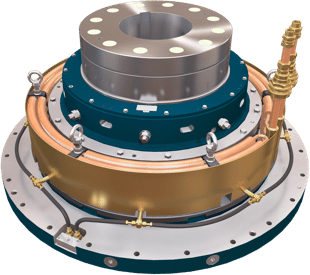 Vertical Bearings
Vertical Bearings
- AV Series
AV
LV SeriesLV
MV SeriesMV
V SeriesV
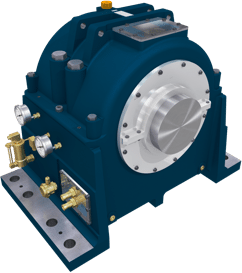 Horizontal Bearings
Horizontal Bearings
- HD Series
HD
IH SeriesIH
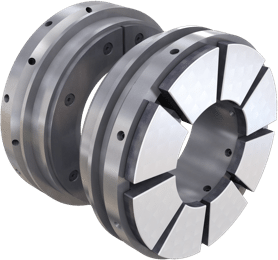 Tilting Pad Bearings
Tilting Pad Bearings
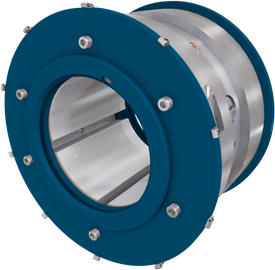 Journal Bearings
Journal Bearings
- Journal Pad Units
Journal
 Thrust Bearings
Thrust Bearings
- SE Series
SE
Omega EqualisedOmega
OmegaOmega
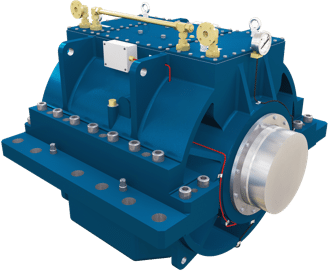 Marine Bearings
Marine Bearings
- Marine Gearbox Internals
Marine
Marine Propulsion Motor
and Generator BearingsEnter your email to download the full paper
"*" indicates required fields
Outline
Home > Performance of Self-Contained Vertical Shaft, Thrust BearingsPerformance of Self-Contained Vertical Shaft, Thrust Bearings
A Rose and K R Brockwell, Michell Bearings, UK
The paper outlines the design requirements and constantly increasing demands, particularly in respect of surface speed, placed upon self-contained vertical bearings. Two types of bearing in present-day use are described and the limitations, inherent in design, upon performance discussed.
Test work on serveral sizes of bearing is described and comparisons made. Data on babbitt temperature are given and, following discussion as to the limits to be place upon babbitt temperature and stress as well as comparison between theoretical prediction and measured values, graphs to a load and speed basis are given showing the present limits of operation of these bearings.
Introduction
In an attempt to define the changes in bearing requirements over a period of time, the speeds and loads of self-contained vertical-shaft bearings supplied by the writers’ company in 1964 and 1974 have been examined and presented in Fig. 1. Intuitively over this period, it has been felt that the speed requirements have increased and this clearly shown by the increase from 8 to 27 percent in bearings supplied at 1,500 rpm, i.e., four pole motor speed. Perhaps surprisingly, the 2-400 rpm range has also shown a very substantial increase in demand. Not apparent from the diagram, however, is the increase in inquiry rate for higher speeds generally at two pole motor speeds, i.e, 3,000 – 3,600 rpm.
ACCESS FULL PAPERRecommended articles
Like for Like Performance Comparison of PEEK and PTFE Thrust Bearings for use in Vertical Pump and Motor Applications
Developments in PTFE Faced Thrust Bearings for use in Vertical Pump Applications
Energy Cost Reduction in Tilting Pad Thrust Bearings
Developments in Hydro Generator Thrust Bearings
Michell Bearings
Waldridge Way,
Simonside East Industrial Park,
South Shields,
NE34 9PZ.Tel: +44 (0) 191 273 0291
Email: sales@michellbearings.com
Email: hrteam@britishengines.com
Email: recruitment@britishengines.com© Michell Bearings.
Registered Office Address: 11 Glasshouse Street, St Peter's, Newcastle upon Tyne. NE6 1BS. Company registered in England and Wales no. 9390648

 PTFE Bearings
PTFE Bearings